Introduction
Oral hygiene plays a crucial role in maintaining overall health, and the foundation of good oral care lies in brushing your teeth. Regular brushing not only helps in keeping your teeth clean but also prevents common oral health problems like cavities, gum disease, and bad breath. Traditionally, brushing was a manual task that many of us learned to do at a young age, relying on basic tools such as toothbrushes, toothpaste, and floss. However, with the rise of technology, a new generation of dental care tools has emerged, revolutionizing the way we approach our daily oral hygiene routines. One such innovation is the smart toothbrush, a high-tech solution designed to make your brushing routine more efficient and effective.
Smart toothbrushes are equipped with advanced features that offer real-time feedback, personalized brushing modes, and in-depth tracking of your oral health habits. These modern devices are more than just electric toothbrushes; they are designed to provide a level of insight into your brushing habits that traditional toothbrushes simply cannot offer. With real-time data and integrated apps, smart toothbrushes provide the opportunity for users to optimize their oral care, making it easier to achieve a healthier smile.
In this article, we’ll explore how smart toothbrushes work, the features that enhance your daily oral care routine, and the benefits of using smart technology to detect problem areas in your mouth. Additionally, we will compare traditional toothbrushes to their smart counterparts, helping you make an informed decision about incorporating smart technology into your daily routine.
Features of Smart Toothbrushes
Smart toothbrushes come with an array of advanced features designed to take your oral hygiene routine to the next level. While traditional toothbrushes are primarily manual or powered with basic vibration, smart toothbrushes are equipped with a variety of sensors and technology that help you improve your brushing habits. Below are some of the key features that set smart toothbrushes apart from traditional ones:
1. Real-Time Feedback
One of the most significant benefits of using a smart toothbrush is the real-time feedback it provides. Through built-in sensors, these toothbrushes can detect how well you’re brushing your teeth, providing immediate feedback on areas you may have missed or are brushing too hard. This feedback is delivered via a connected app or built-in display, making it easy for users to track their brushing habits and improve their technique. The feedback is often visual and may be represented by a colored indicator that highlights which areas you’ve missed or over-brushed, ensuring that you are cleaning all parts of your mouth thoroughly.
For instance, the Oral-B Genius X and Philips Sonicare DiamondClean Smart both feature real-time tracking, which alerts you to whether you’re brushing too hard or not reaching certain areas in your mouth. The app-connected devices can suggest improvements in real-time, and the results are saved for you to review later, ensuring that you are consistently achieving optimal brushing results.
2. Personalized Brushing Modes
Another standout feature of smart toothbrushes is the variety of personalized brushing modes they offer. These brushing modes are tailored to address different oral health needs, such as whitening, gum care, deep cleaning, or sensitive teeth. Based on the mode selected, the toothbrush adjusts its speed, vibration intensity, and brushing pattern to target the specific oral care goal you want to achieve.
For example, the Philips Sonicare FlexCare+ has multiple brushing modes, including “Whitening,” “Gum Care,” and “Sensitive,” which allow users to customize their brushing experience to suit their individual needs. This feature is particularly beneficial for people with specific oral care goals, such as those looking to whiten their teeth, improve gum health, or address tooth sensitivity.
Moreover, many smart toothbrushes allow users to adjust the pressure they apply while brushing. If you brush too hard, the brush may alert you with a warning, helping to prevent gum damage or enamel wear.
3. Pressure Sensors
Pressure sensors are built into many smart toothbrushes to ensure that users are brushing with the appropriate amount of force. Brushing too hard can lead to gum recession, enamel erosion, and increased tooth sensitivity. By alerting users when they apply too much pressure, these sensors help preserve the health of gums and teeth.
The Oral-B Smart 1500 and Philips Sonicare ProtectiveClean 6100 feature built-in pressure sensors that alert users with a gentle buzz or a change in the brush’s vibration when they press too hard. This gentle reminder helps ensure that the brushing technique is gentle and safe, reducing the risk of causing damage to delicate gums and enamel.
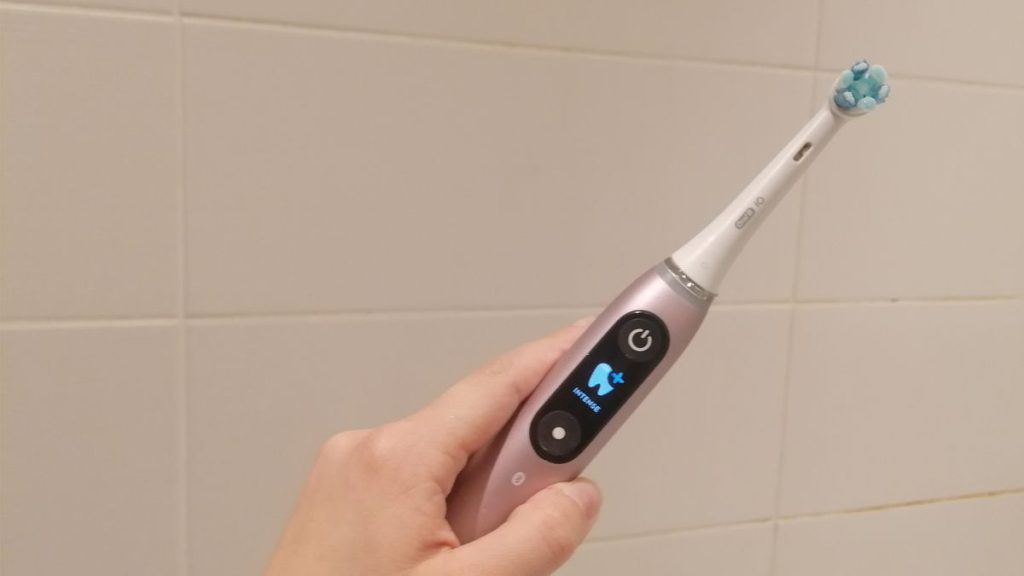
4. Built-In Timers
Smart toothbrushes often come with built-in timers that help ensure you brush for the dentist-recommended two minutes. These timers are particularly useful for users who tend to rush through their brushing routine. Many smart toothbrushes provide audible cues or vibrating signals every 30 seconds, prompting you to switch to a different quadrant of your mouth, ensuring that all areas are cleaned evenly.
For example, the Oral-B Genius 8000 includes a two-minute timer and a quadrant timer that signals every 30 seconds, encouraging users to spend the recommended amount of time brushing each section of their mouth. This can lead to better overall oral hygiene and a more thorough brushing routine.
5. App Integration and Tracking
Smart toothbrushes often come with a companion app that syncs with your device, providing users with in-depth analysis of their brushing habits over time. This app integration allows you to track how well you’re brushing, the areas you’re missing, and whether you’re applying the correct amount of pressure. By reviewing this data, you can identify areas for improvement and monitor your progress.
For example, the Philips Sonicare app works in conjunction with the Sonicare toothbrush, tracking your brushing routine, giving insights into your brushing habits, and offering tips on improving your technique. Over time, this data can help you make adjustments to ensure that your oral hygiene routine is as effective as possible.
The Benefits of Technology in Detecting Problem Areas
Smart toothbrushes offer a level of precision that traditional brushes cannot. One of the key benefits is the ability to detect problem areas in your mouth that may be difficult to spot on your own. These areas can include plaque buildup, missed spots, or even early signs of gum disease. With real-time feedback, a smart toothbrush can help ensure that these areas are addressed before they become bigger problems.
1. Plaque Detection
Plaque buildup is one of the leading causes of cavities and gum disease. The smart sensors in high-end toothbrushes can detect plaque buildup and give feedback on areas where plaque may have been missed. By allowing users to focus on these problem spots, smart toothbrushes help ensure a more thorough cleaning, which reduces the likelihood of plaque-related dental issues.
2. Gum Health Monitoring
Another benefit of using a smart toothbrush is the ability to monitor gum health. Some advanced toothbrushes, like the Oral-B Genius X, use artificial intelligence to detect whether users are brushing too hard, which can lead to gum recession. This technology helps you take better care of your gums and avoid potentially irreversible damage.
Comparing Traditional vs. Smart Toothbrushes
While traditional toothbrushes have served us well for centuries, there are significant differences between them and their high-tech counterparts. The most obvious difference is the level of feedback and precision that comes with using a smart toothbrush. Traditional toothbrushes are limited to physical brushing without offering any kind of data or feedback about the effectiveness of your routine.
In contrast, smart toothbrushes offer personalized modes, real-time data, pressure sensors, and app integration, allowing users to track their progress and improve their brushing habits. While traditional brushes are inexpensive and easy to use, they lack the advanced technology that can help users optimize their oral care.
Another key difference is the convenience that comes with smart toothbrushes. The timer and pressure sensors ensure that users are brushing correctly, while the app integration provides ongoing support and feedback. Over time, this technology can lead to better oral health by ensuring users are brushing correctly and more consistently.
Conclusion
Incorporating smart toothbrushes into your oral hygiene routine can provide numerous benefits, from real-time feedback to personalized brushing modes and advanced sensors that detect problem areas. These high-tech devices help users brush more effectively, monitor their oral health, and track progress over time, leading to better oral hygiene and a healthier smile.
While traditional toothbrushes still have a place in daily oral care routines, the advanced features offered by smart toothbrushes make them an appealing choice for those looking to take their oral health to the next level. By incorporating smart technology into your brushing routine, you can ensure that your teeth receive the best possible care, preventing dental problems before they start and maintaining a beautiful, healthy smile for years to come.








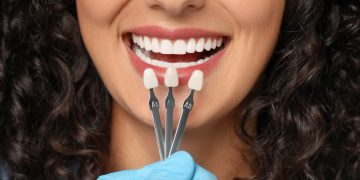
















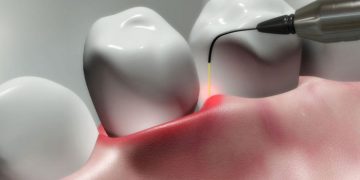




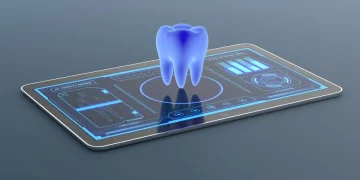
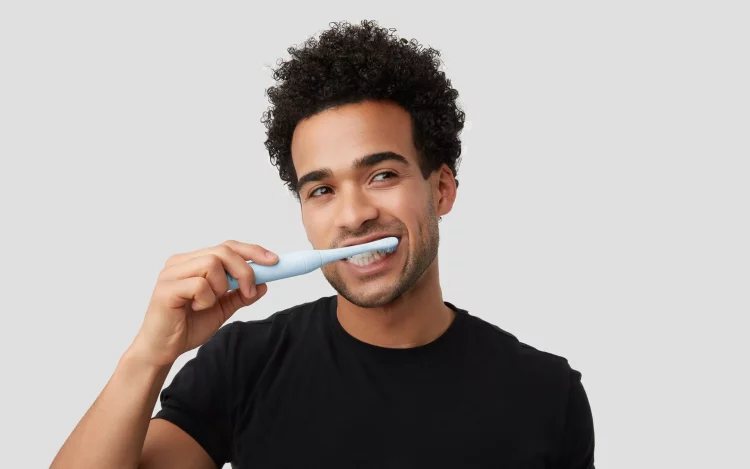












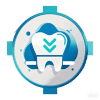
Discussion about this post